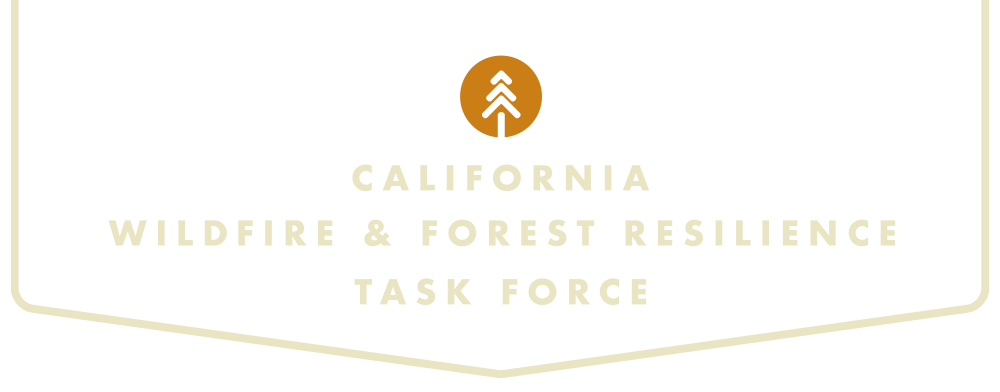Unique Coalition Unites to Restore California's Giant Sequoias
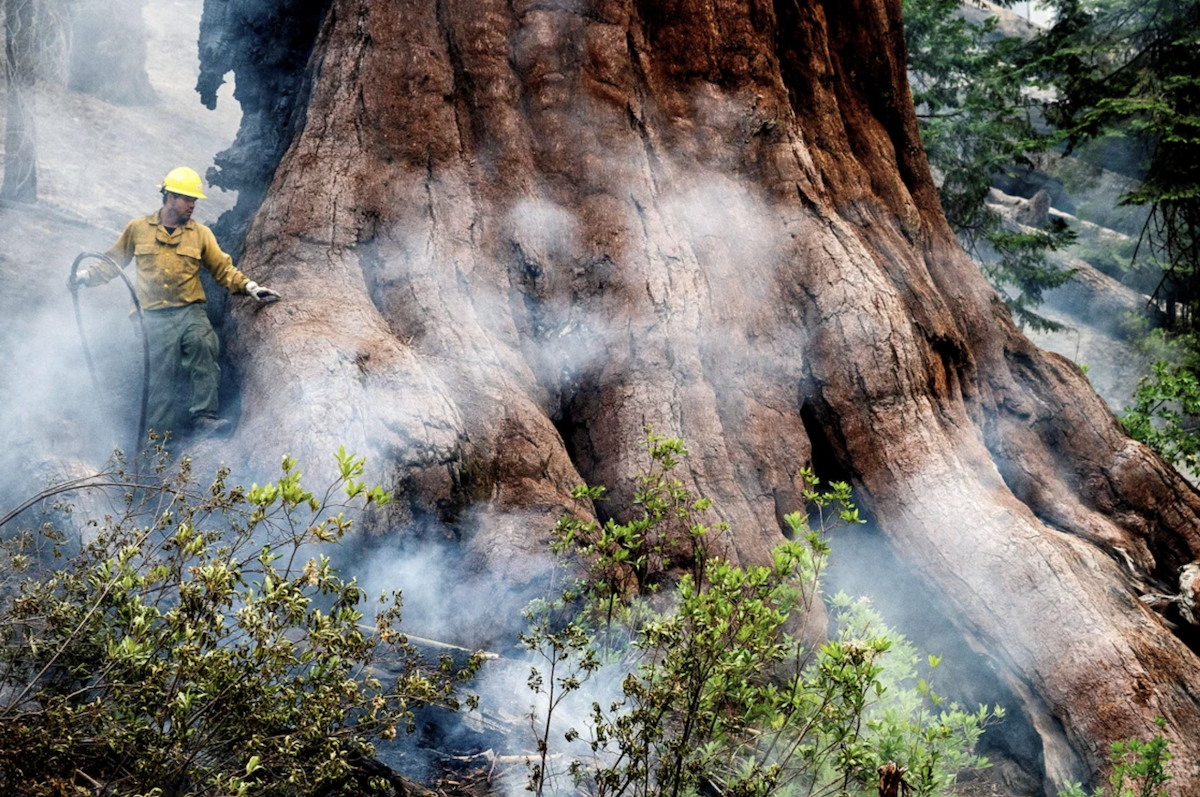
Unique Coalition Unites to Restore California's Giant Sequoias
Giant Sequoia Land Coalition Brings Together Government Agencies, Tribes and Environmental Groups To Save Iconic Trees
California has lost nearly a fifth of its population of giant sequoias to wildfires over the past few years, according to a 2021 report.
Over the past year, however, the Giant Sequoia Lands Coalition has treated more than 15,000 acres of forest land in and around the groves. By sharing their knowledge and working to better treat forest areas where groves of giant sequoias can be found, the group is working to make these titans more resilient to future massive wildfires.
Tribal Wildfire Resilience Program
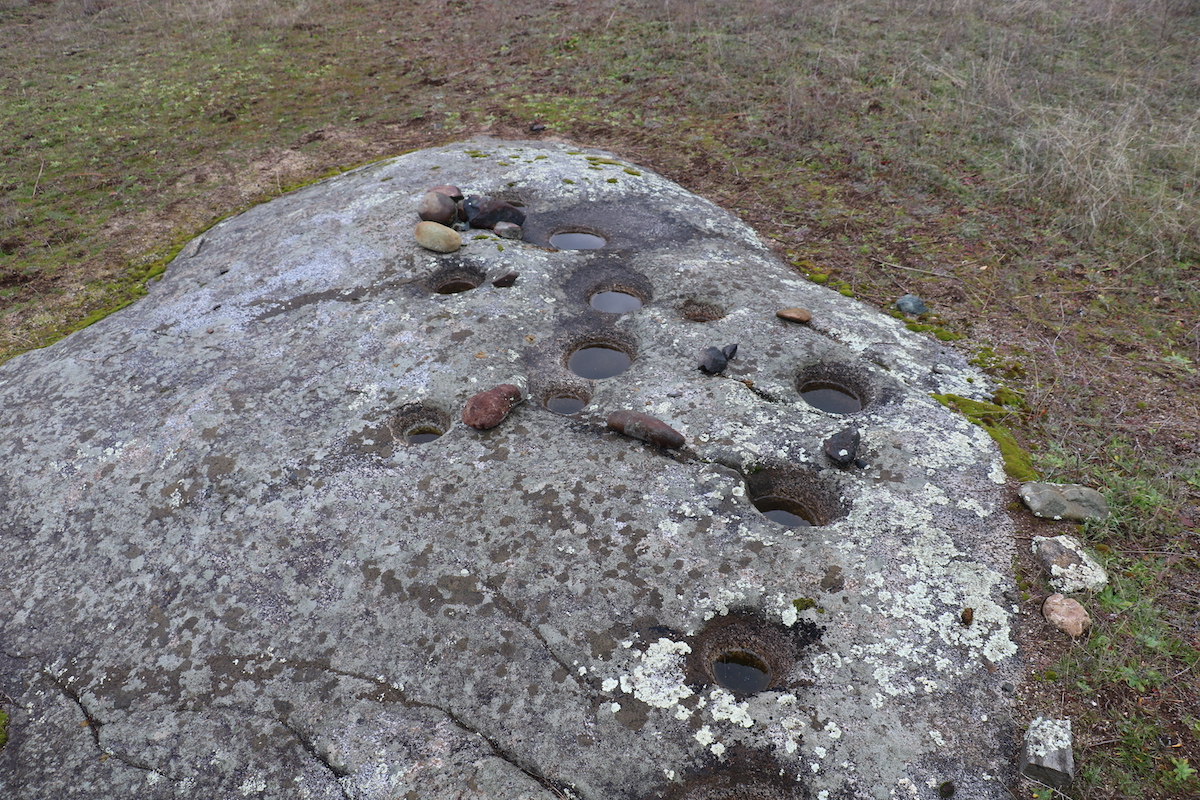
Up to $19M Available for Tribal Wildfire Resilience Program
CAL FIRE’s Forest Health Grant program will award competitive grants to Native American tribes located within California. Of the $19 million, up to $15 million is available for wildfire resilience implementation projects with the remainder available for planning projects. These grant funds will assist California Native American tribes in managing ancestral lands, implementing and promoting Traditional Ecological Knowledges in wildfire resilience, and establishing wildfire safety for tribal communities.
The Forest Health grant guidelines address this new opportunity and Forest Health staff hosted a Tribal Wildfire Resilience Roundtable explaining this opportunity. Applications are due February 28, 2023.
California Native American tribes provided guidance during the early consultation on the creation of this new grant program. CAL FIRE and California Natural Resources Agency (CNRA) are collaborating on the review of applications and administering of the funds. CNRA is leading program design and consulting with CAL FIRE regarding program administration including processes, project selection, and tribal consultation. CAL FIRE will administer the program, including running a solicitation, issuing grant agreements, and processing progress reports and invoices.
USFS Awards CALREC Vision Partnership of the Year
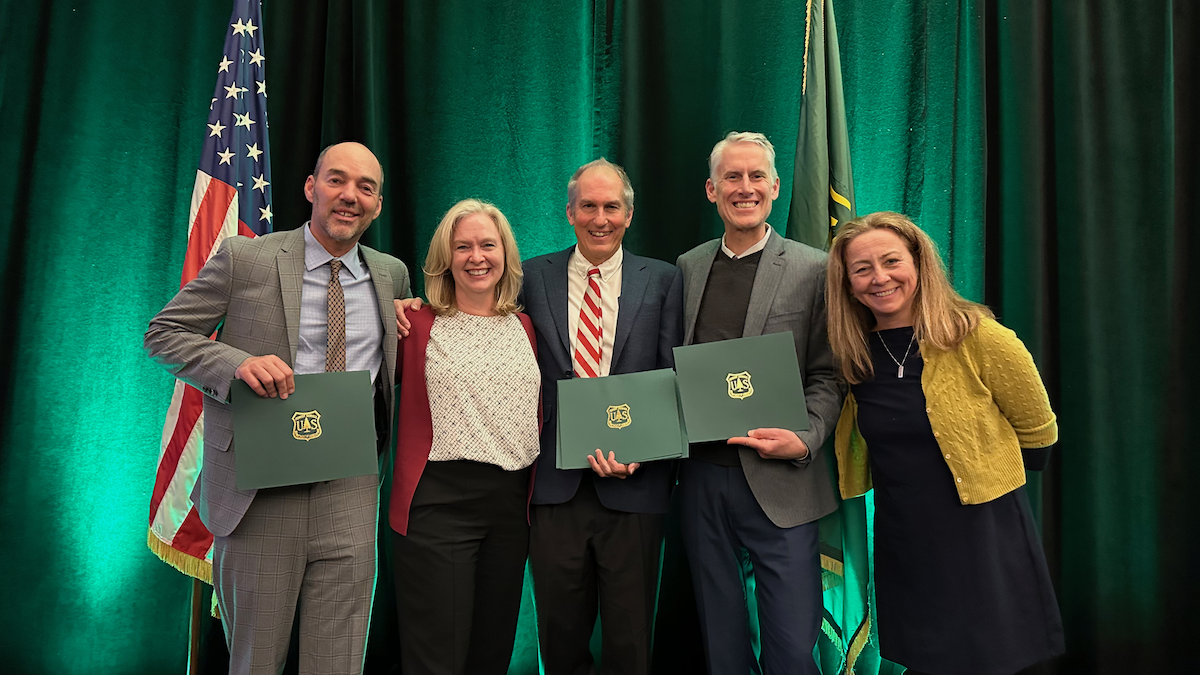
USFS Awards CALREC Vision Partnership of the Year
December 14, 2022 – At the Regional Foresters Awards Ceremony in Sacramento, CA, the Leadership Team of the Sustainable Recreation/CALREC Vision Key Working Group (SRCRV) was awarded a Regional Forester’s Honor Award for Partnership of the Year from the U.S. Forest Service Pacific Southwest Region. The award recognizes the Leadership Team’s efforts to develop California’s Joint Strategy for Sustainable Outdoor Recreation and Wildfire Resilience for California’s Wildfire & Forest Resilience Task Force. The Joint Strategy satisfies Key Actions 3.13 and 3.14 of the California Wildfire and Forest Resilience Action Plan. The California Wildfire and Forest Resilience Task Force will publish the Joint Strategy in early 2023.
Accepting the award with Jennifer Eberlein (second from left), from left to right are Bill Keane, Climate Equity Solutions, Inc.; John Wentworth, Mammoth Lakes Trails and Public Access Foundation; Austin McInerny, Consensus and Collaboration Program, College of Continuing Education, Sacramento State University; and Nancy Parachini, USFS Deputy Director of Public Services.
CAL FIRE Updates Fire Hazard Severity Zone Map
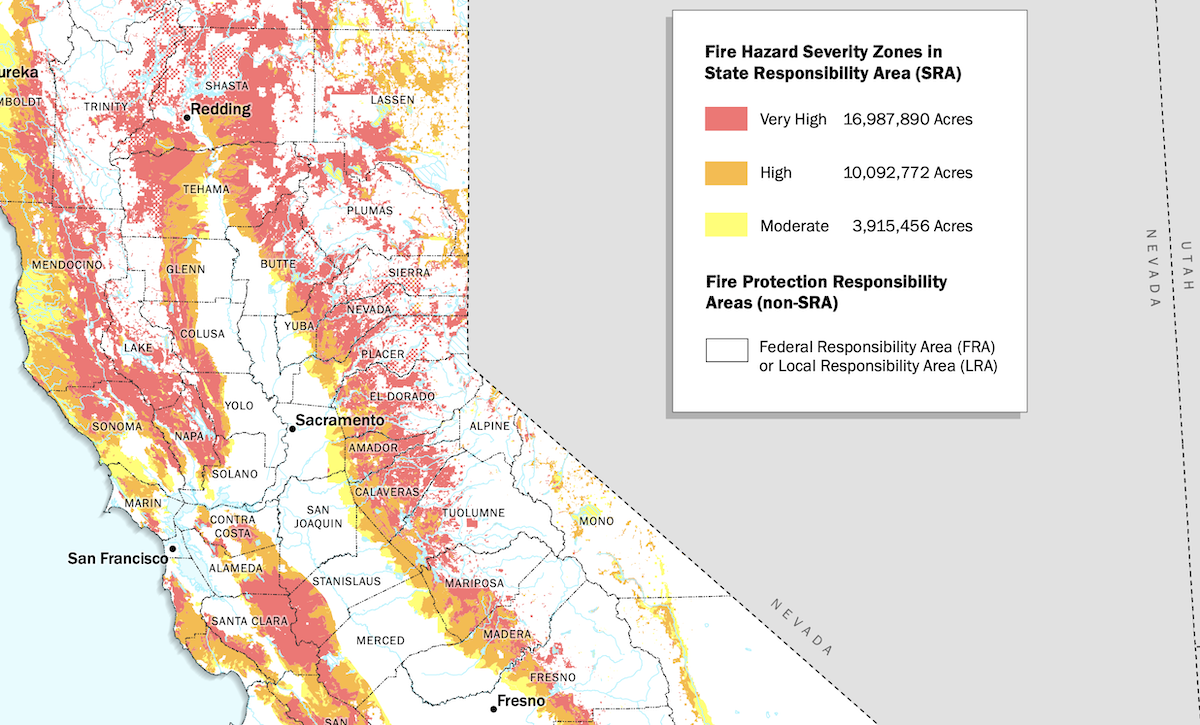
CAL FIRE Updates Fire Hazard Severity Zone Map
Will Host 57 Public Hearings For Comment Throughout California
After years of planning and collaboration with fire scientists, firefighters, stakeholders and local community partners, the new map reflects changes in fire hazard in unincorporated, rural areas, as experienced in California over the past five years.
CAL FIRE’s fire scientists and wildfire mitigation experts developed the map using a science-based and field-tested model that assigns a hazard score based on the factors that influence fire likelihood and fire behavior. Many factors are considered, such as fire history, existing and potential fuel (natural vegetation), predicted flame length, blowing embers, terrain, and typical fire weather for an area. These zones fall into the following classifications – moderate, high, and very high.
Overall the map shows increased fire hazard, reflecting California’s increase in wildfire occurrence and severity because of many factors, including a changing climate.
CAL FIRE is inviting public comment on the map until February 3, 2023.
BLM Seeks Public Input on Expansive Plan To Reduce Wildfire Risks Near Communities
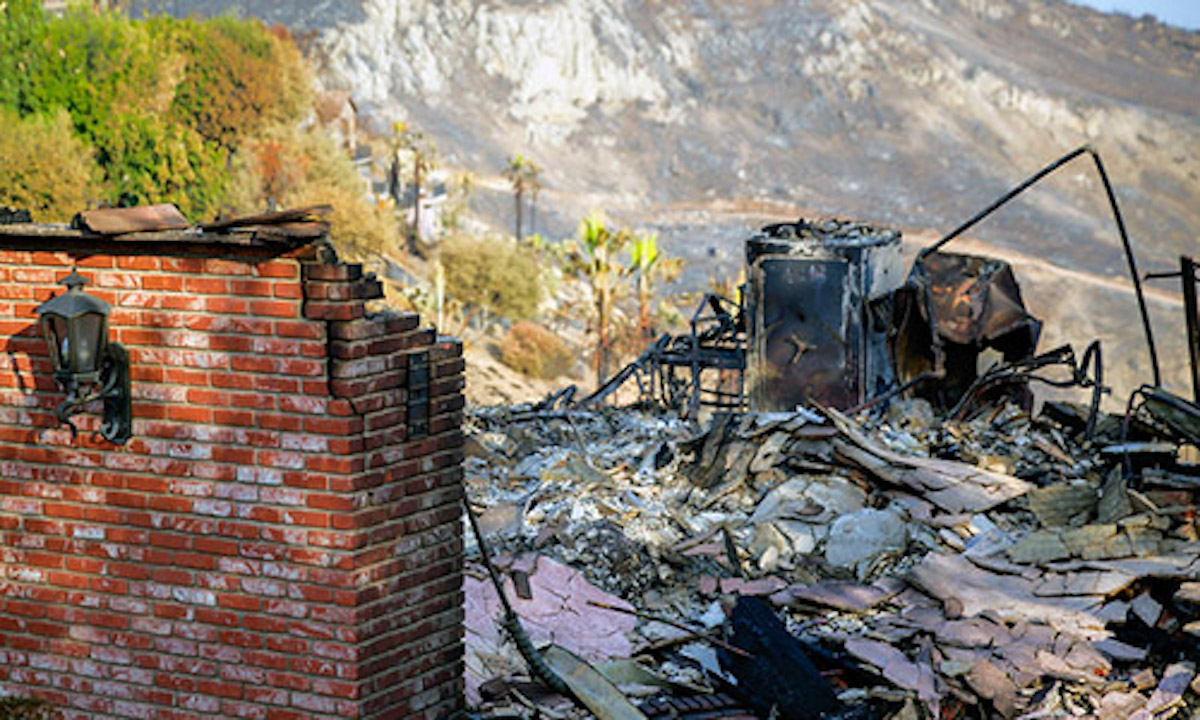
BLM Seeks Public Input on Expansive Plan to Reduce Wildfire Risks Near Communities
The Bureau of Land Management (BLM) is seeking public comments on a plan to expedite fuels reduction treatments and fire protection efforts near high fire-risk areas on public lands in 44 counties throughout California and northwest Nevada. The statewide Wildland-Urban Interface fuels treatments programmatic Environmental Assessment (EA) aims to facilitate projects on approximately 900,000 acres of public land near rural communities.
RESOURCES
Governor Reflects on a Year of Progress and Resilience
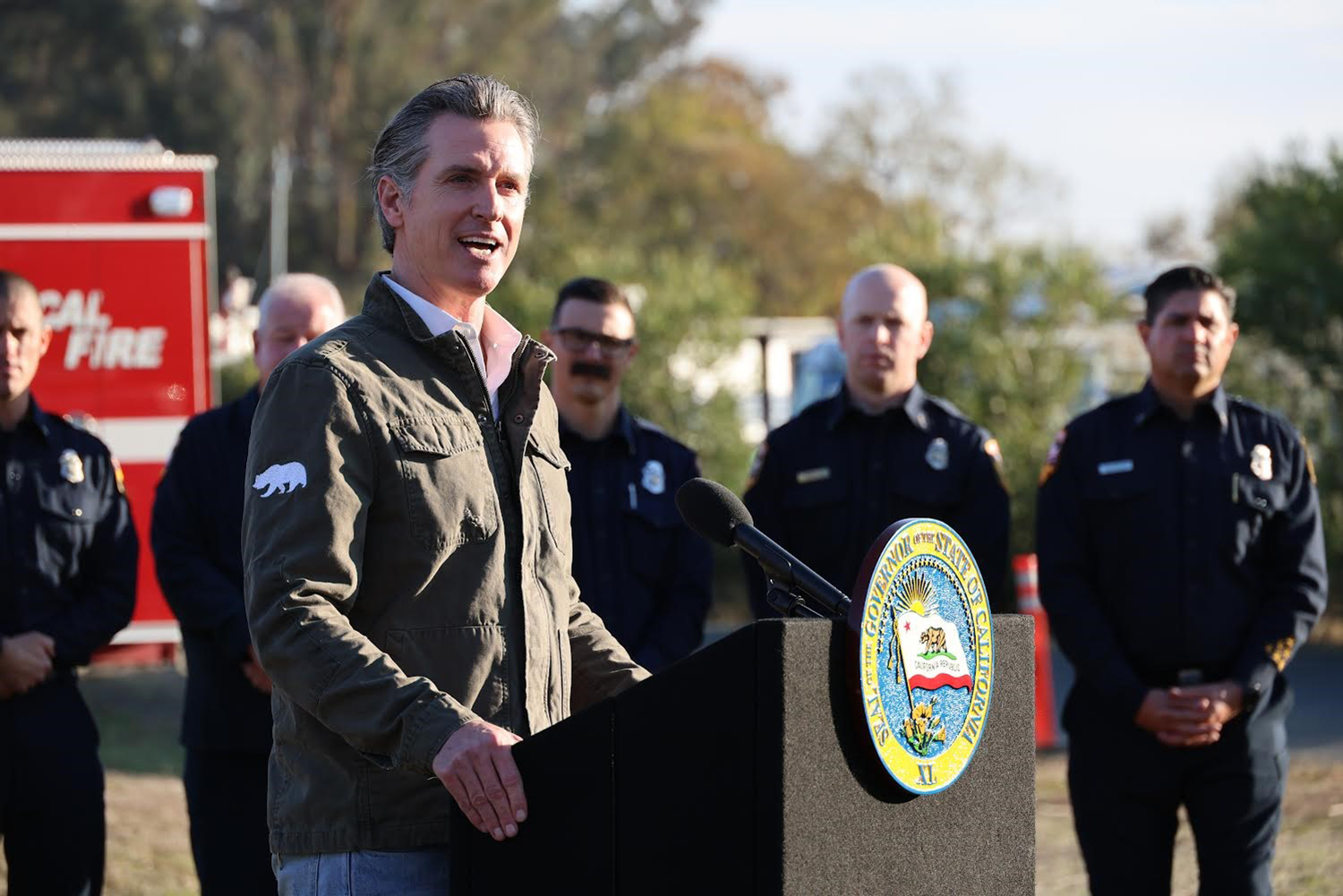
Governor Reflects on a Year of Progress and Resilience
In November, Governor Newsom and state and local officials announced an end to peak wildfire season in California. CAL FIRE Director, Joe Tyler, highlighted favorable weather conditions, strategic investments in firefighting equipment, aerial resources, and fuels reduction and forest management projects, coupled with the hard work of firefighters and the diligence of of local communities resulted in an 85% reduction in acres burned and a 78% reduction in structures destroyed from 2021.
CAL FIRE Funding $14M In Workforce and Business Development Projects
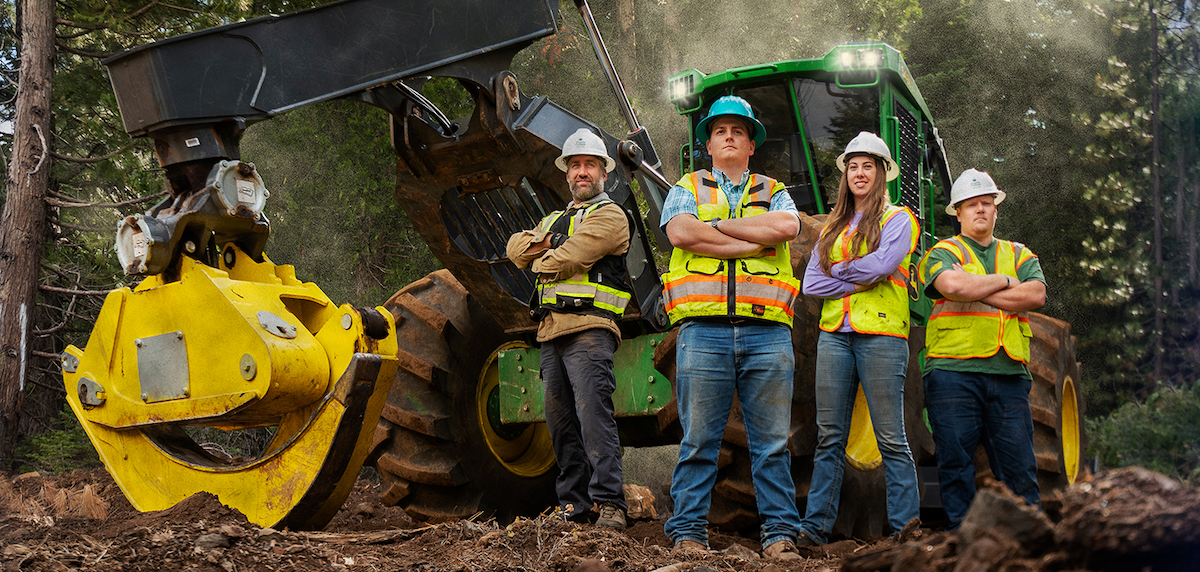
CAL FIRE Funding $14M In Workforce and Business Development Projects
Focused on increasing California’s capacity to establish healthy, resilient forests through workforce and business development, the Wood Products and Bioenergy Team at CAL FIRE awarded $14 million in new grant agreements. The 10 new awards will go to non-profits, family businesses, wood products manufacturing facilities and local governments that are building the infrastructure and capacity to sustainably manage California’s forests as outlined in California’s Wildfire and Forest Resilience Action Plan.
In addition to grants to non-profits, family businesses, and county and local governments, a $3 million grant will allow Sierra Pacific Industries to begin immediate construction on a new nursery that will be capable of producing 25 million seedlings per year.
USFS Updates
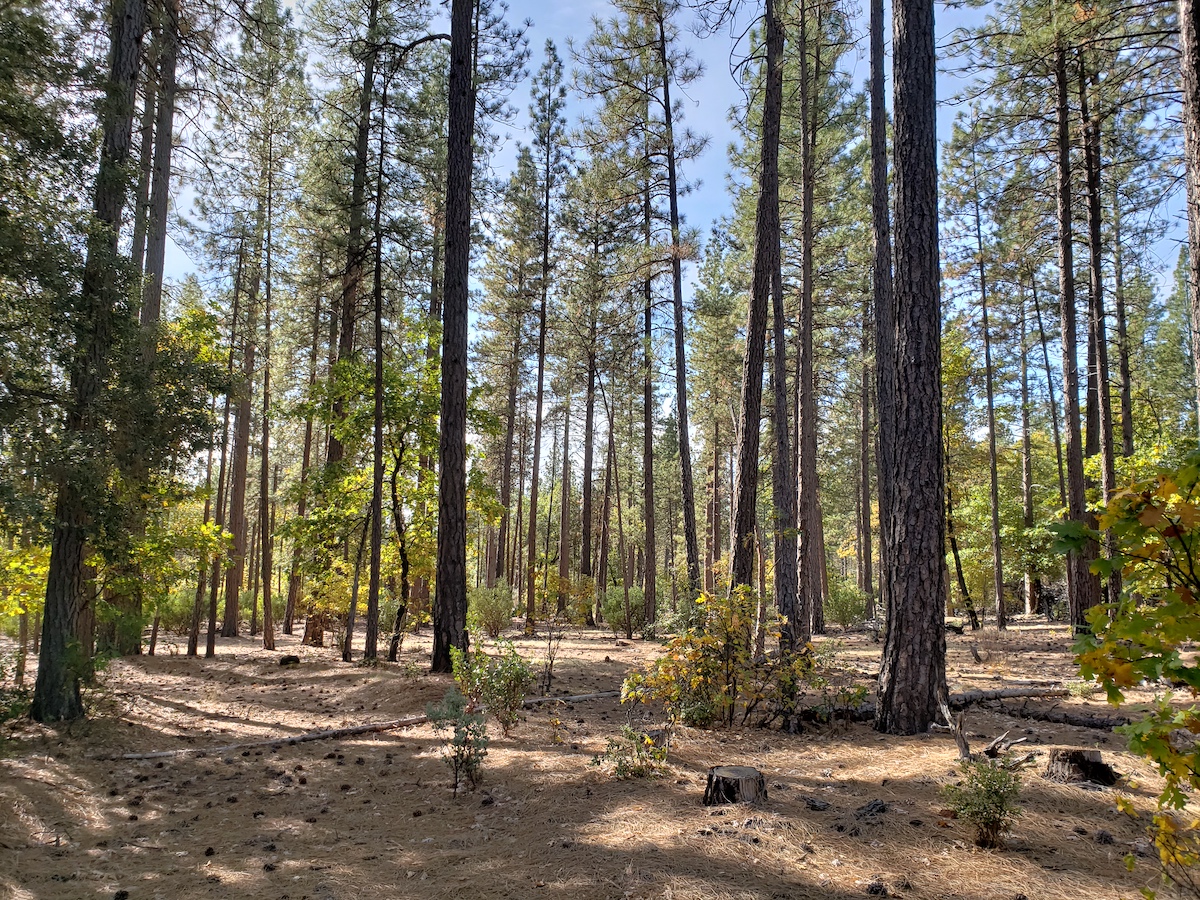
USFS Updates
Two important updates were released from the USFS in November. One from the Pacific Southwest Regional Office about reducing threat to homes in wildland urban interfaces and another from the Tahoe National Forest that addresses forest thinning along the North Yuba River Watershed.
RESOURCES
Planscape Update
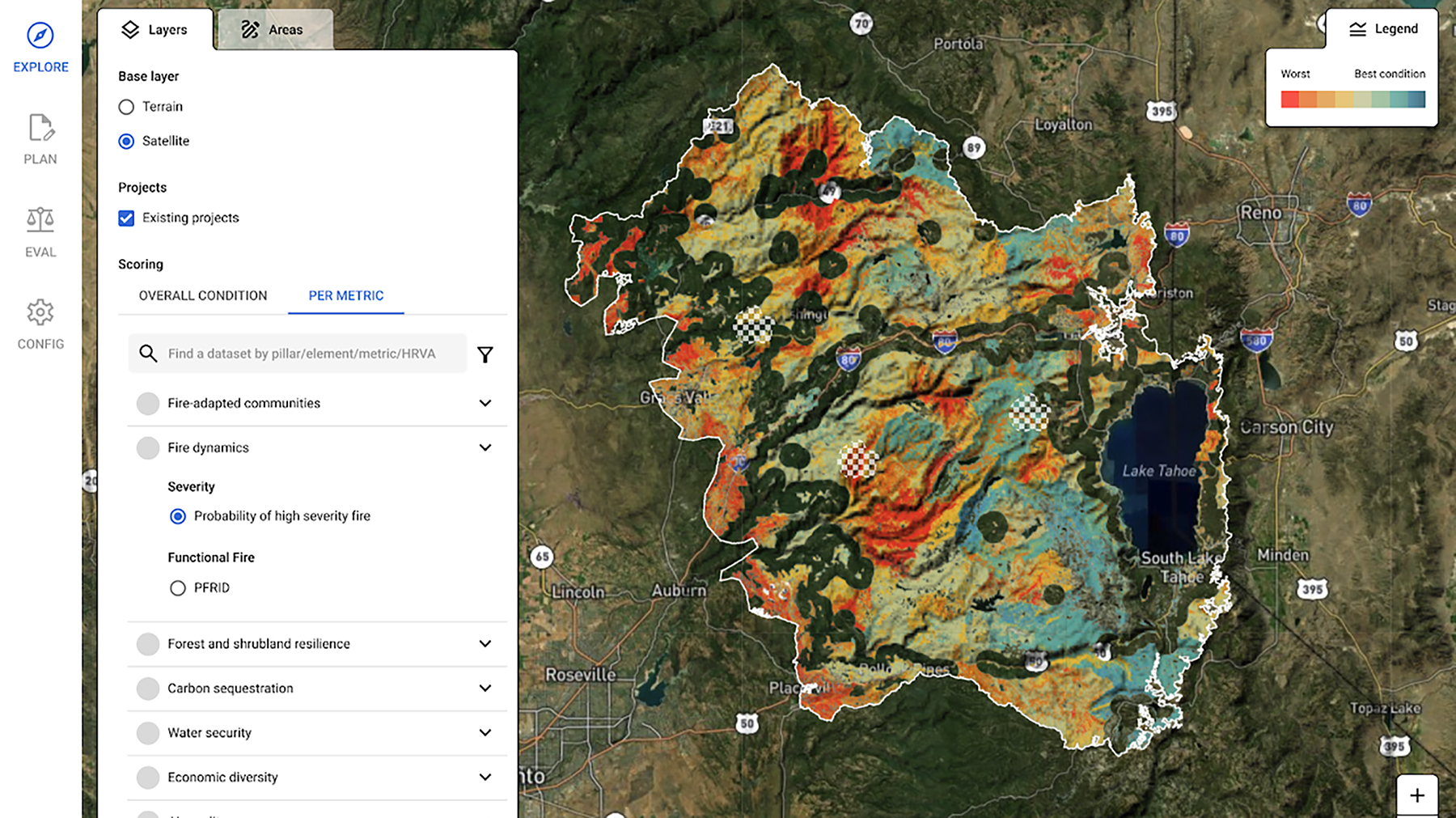
Planscape Update
At the Task Force’s September meeting, The California Natural Resources Agency and the USDA Forest Service announced plans to build Planscape, with support from Google.org Fellows. Planscape is a new planning tool that brings together the best available science, to maximize landscape resilience and benefits and help regional planners assess, prioritize and plan landscape treatments. Recently, the Planscape Team launched a newsletter and a website to share product development updates and provide a venue for interested parties and future users to contact the team.
CARB Releases Final 2022 Scoping Plan
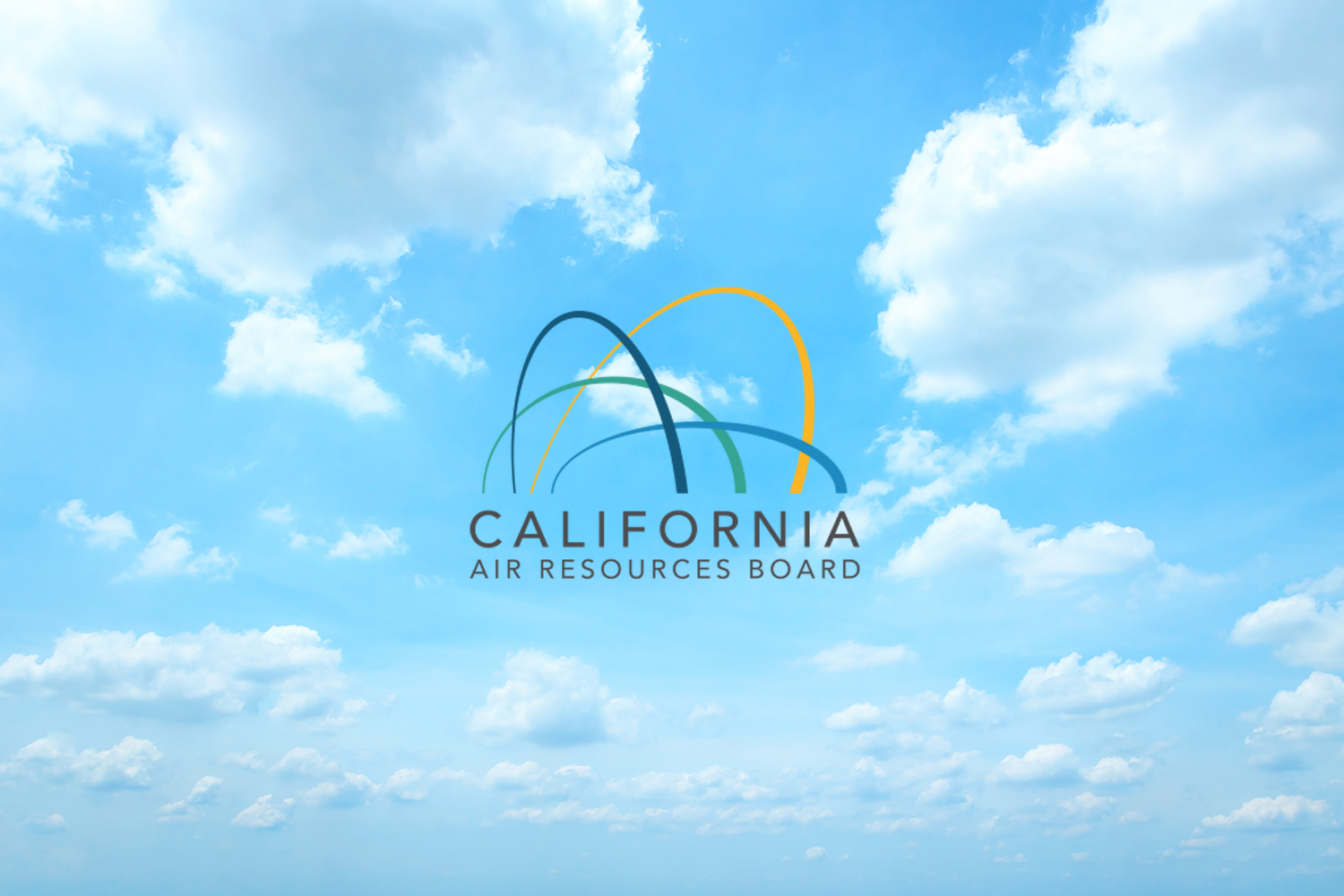
CARB Releases Final 2022 Scoping Plan
On November 16, the California Air Resources Board (CARB) released the 2022 Scoping Plan for Achieving Carbon Neutrality (2022 Scoping Plan), which will be presented to the CARB Board on December 15, 2022. The 2022 Scoping Plan lays out a path to achieve targets for carbon neutrality and reduce anthropogenic greenhouse gas (GHG) emissions by 85 percent below 1990 levels no later than 2045. Significant reductions in fossil fuel combustion will be achieved by deploying clean technologies and fuels, requiring further reductions in short-lived climate pollutants, supporting sustainable development, employing technology to capture and store carbon, and taking increased action on natural and working lands to reduce emissions and sequester carbon.
